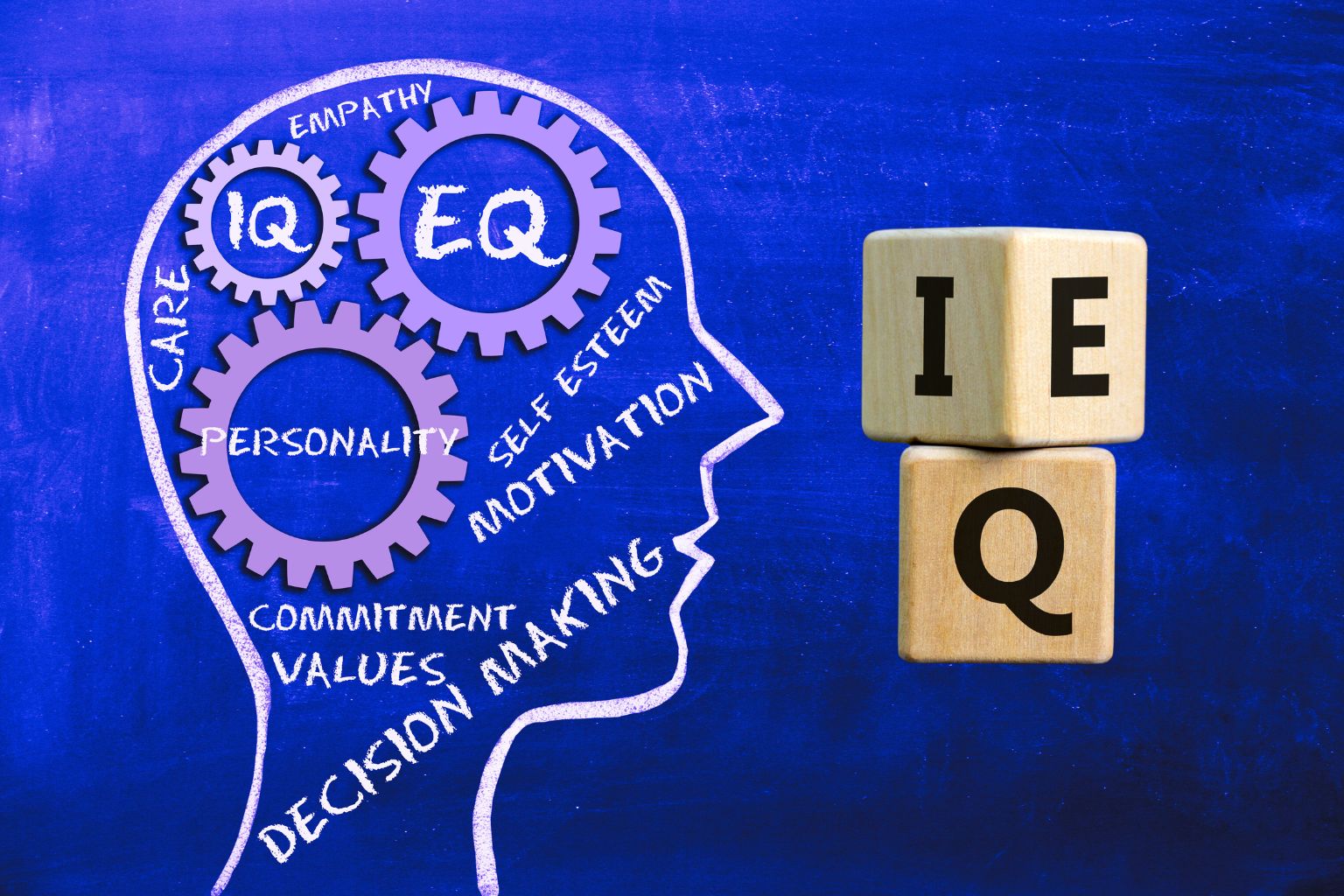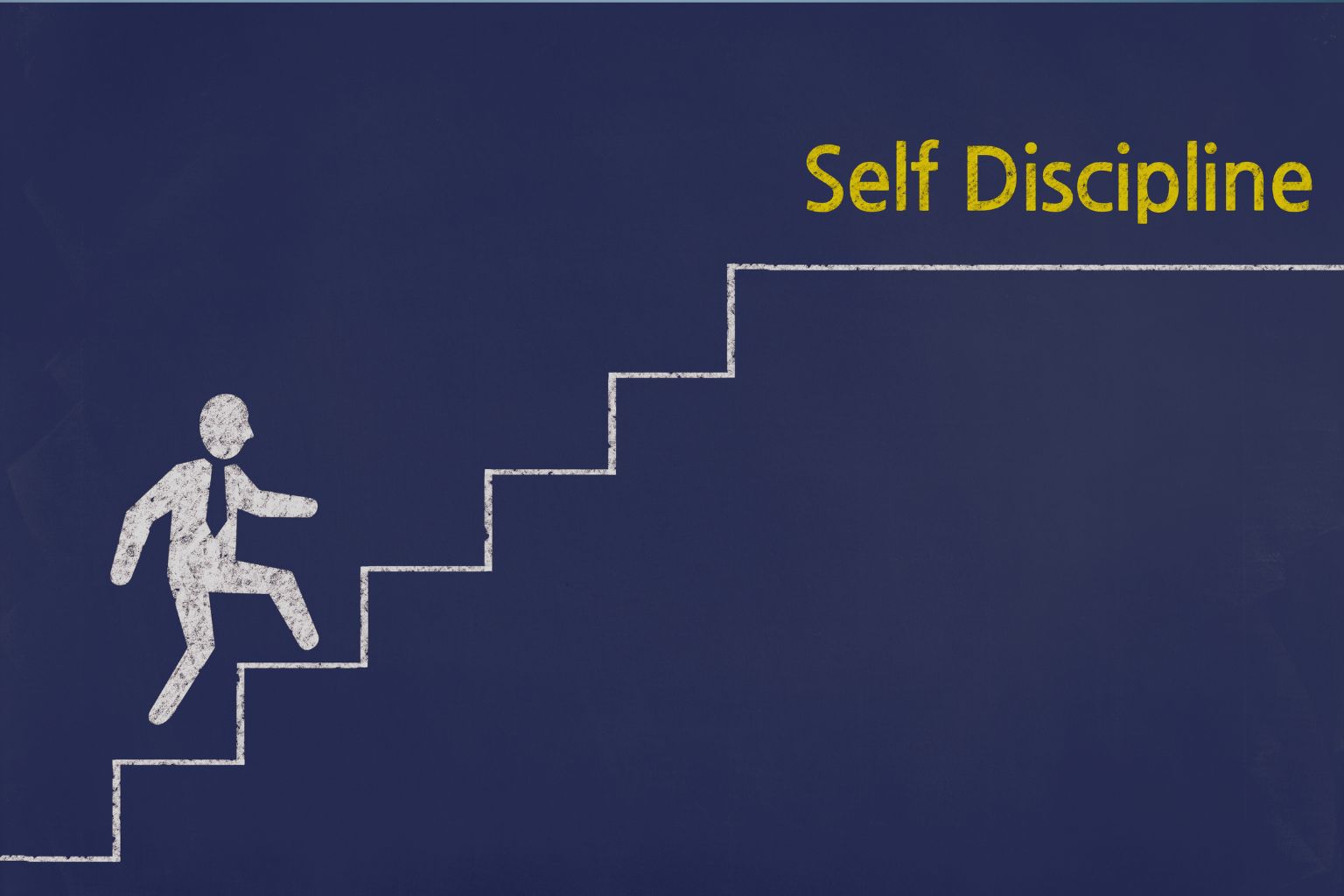If you’re like most people, setting goals feels exciting at first—a burst of motivation, a clear vision, maybe even a fancy planner. But a few weeks in? That big goal feels like a mountain, and you’re standing at the bottom, wondering how to even take the first step.
Here’s the truth: most people don’t fail because they lack ambition. They fail because they don’t break down goals into manageable, doable chunks. Big dreams need structure. If your goals don’t have a roadmap, overwhelm sets in. Frustration follows. And eventually, many give up.
Let’s change that.
In this post, you’ll learn how to break down goals in a way that feels good, works fast, and keeps your motivation alive. You’ll also see how mental discipline for success plays a key role in sticking with your plan.
Why Big Goals Stall (And How to Prevent It)
Big goals are inspiring. But they can also paralyze you if you don’t know how to start. Let’s say your goal is “launch a successful online business.”
That’s a powerful vision—but what does it mean today? What do you actually do this week? This confusion is where most people stall.
Breaking down your goal is the difference between:
- “Start a business” (vague)
- vs. “Pick a domain name by Friday” (specific, doable)
When you break down goals, you’re turning big-picture vision into daily action. That’s where momentum lives.
Step 1: Define Your Destination Clearly
Before you can break anything down, you need clarity on what you’re aiming for. The clearer your goal, the easier it is to reverse-engineer it.
Instead of:
- “Get fit” Try:
- “Run a 5K in under 30 minutes by October 1st.”
Why this matters: When you know exactly what success looks like, you can create steps that lead directly to it. Mental discipline for success starts with clear direction.
Tip: Use the SMART method (Specific, Measurable, Achievable, Relevant, Time-bound) to test if your goal is solid.
Step 2: Chunk It Into Milestones
Think of your big goal like a staircase. The top step is your end goal. Each lower step is a milestone you must reach.
Back to our 5K example:
- Run for 1 mile without stopping
- Improve time to under 10 minutes per mile
- Run 2.5K without stopping
- Reach 5K with pacing
- Train to hit the 30-minute time goal
Why this works: Milestones show you you’re making progress even before the final win. That keeps motivation high.
Step 3: Break Milestones Into Weekly Tasks
Now we’re getting real. Once you have your milestones, break each one into weekly tasks.
Let’s take Milestone #1: Run for 1 mile without stopping.
Weekly breakdown:
- Week 1: Walk 3x for 20 minutes
- Week 2: Walk/jog intervals (1 min run / 2 min walk)
- Week 3: Jog for 5 straight minutes
- Week 4: Attempt 1-mile jog without stopping
Key: These steps are so clear, there’s no room for confusion. That’s the magic of learning to break down goals. Your brain knows what to do next.
Step 4: Schedule Daily Micro-Actions
This is where most people slip. You can have the clearest plan, but if it doesn’t live in your calendar, it doesn’t exist.
For example:
- Monday: 20-min walk/jog session at 7 AM
- Wednesday: Repeat
- Friday: Repeat + stretch
Why it works: Small, consistent actions lead to big wins. If you schedule the action, you remove willpower from the equation. Mental discipline for success is about creating systems that support your goals.
Pro Tip: Use digital reminders, alarms, or habit-tracking apps to stay accountable.
Step 5: Plan for Resistance (Because It’s Coming)
You will hit a wall. Life gets busy. You’ll feel tired, discouraged, or just unmotivated. Expect this. Don’t be surprised by it.
Instead, plan for it:
- What’s your backup plan for missed workouts?
- What if you lose motivation?
- Who will you check in with for accountability?
Real success comes from anticipating your obstacles, not avoiding them. That’s true mental discipline for success: sticking with the plan when it’s hard.
Step 6: Celebrate Small Wins
Your brain loves rewards. Every time you hit a milestone or stick to a week of consistent action, celebrate.
Ways to celebrate:
- Post your win in a group chat
- Treat yourself to a favorite meal
- Take a relaxing day off
Why it matters: Celebration reinforces the behavior. When you break down goals and acknowledge progress, your mind craves more wins.
Step 7: Reflect, Adjust, Repeat
Once you’ve worked through your first few weeks, pause and ask:
- What worked?
- What didn’t?
- Where did I lose momentum?
- How can I make next week easier?
This reflection process is gold. It’s how you improve your systems and stay aligned. Breaking down goals is not one-and-done—it’s a living, breathing system you can adapt.
Mental discipline for success thrives on awareness. Don’t just do the work—learn from it.
You Don’t Need More Motivation, You Need a Map
Most people overestimate how much motivation they need and underestimate the power of clarity and structure. When you break down goals into daily, bite-sized actions, you remove the chaos and build confidence.
And that’s the real key to fast results: not speed, but consistency.
So take that big goal of yours. Break it down. Make it real. Watch yourself win.
FAQs: Breaking Down Goals
If it still feels overwhelming, your chunks may still be too large. Try zooming in further. What’s the very first action you can take today that takes less than 10 minutes?
Focus on behavior goals, not just outcome goals. Instead of “lose 10 lbs,” track “work out 3 times a week.” Celebrate the consistency—results will follow.
Absolutely. Whether you want to improve your relationships, build a morning routine, or learn a new skill, the principle is the same: break down goals and take daily action.

















Share it!